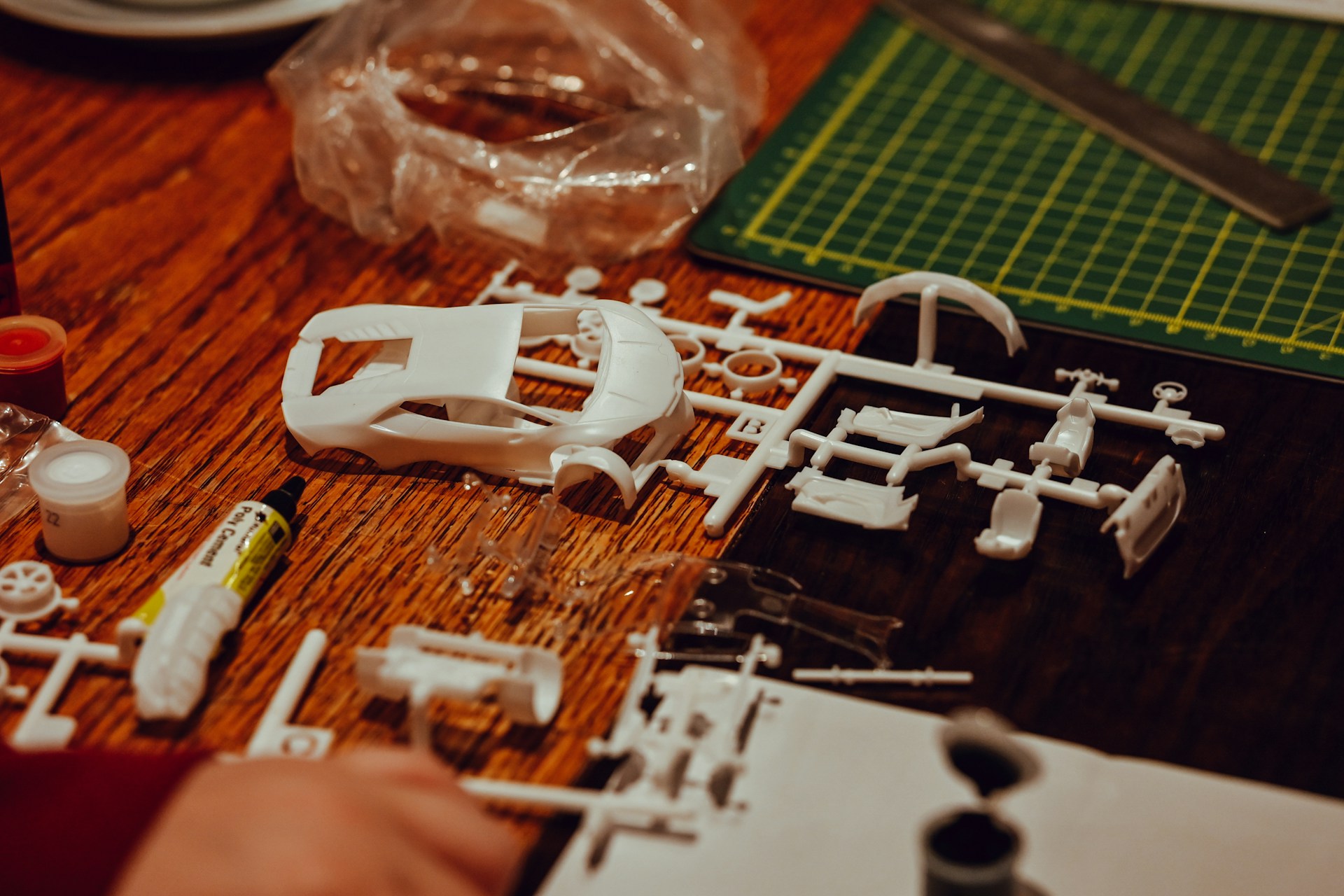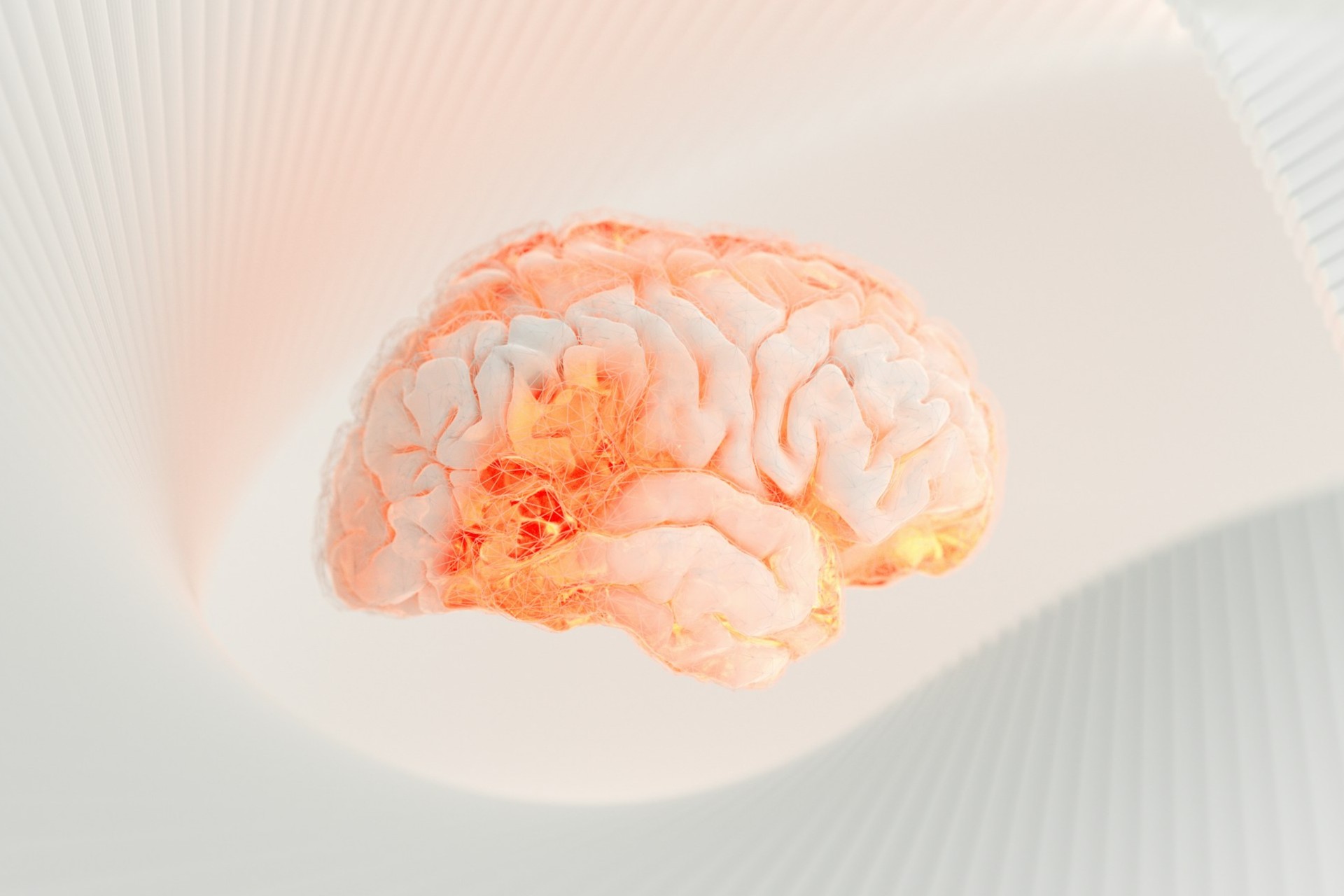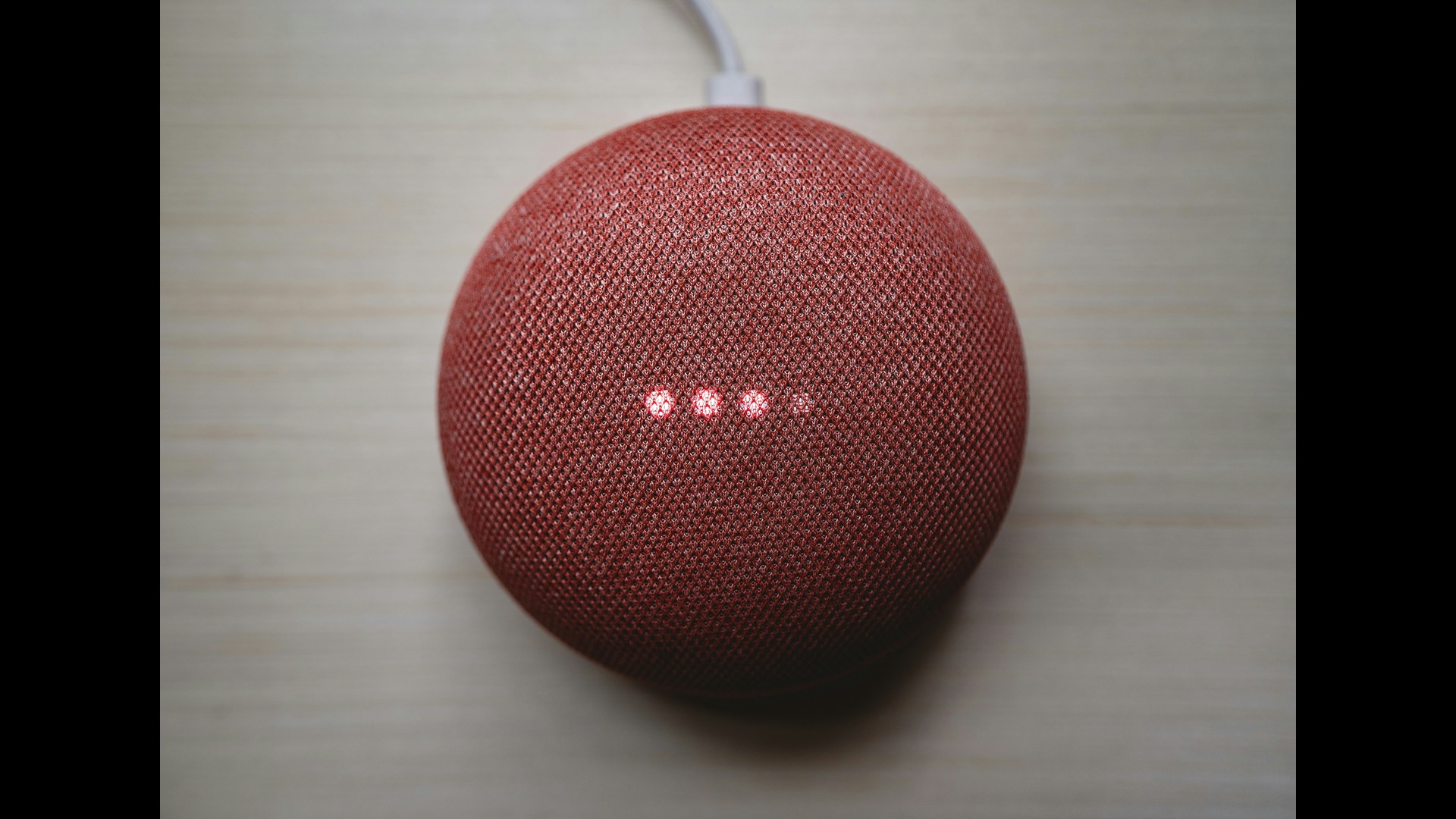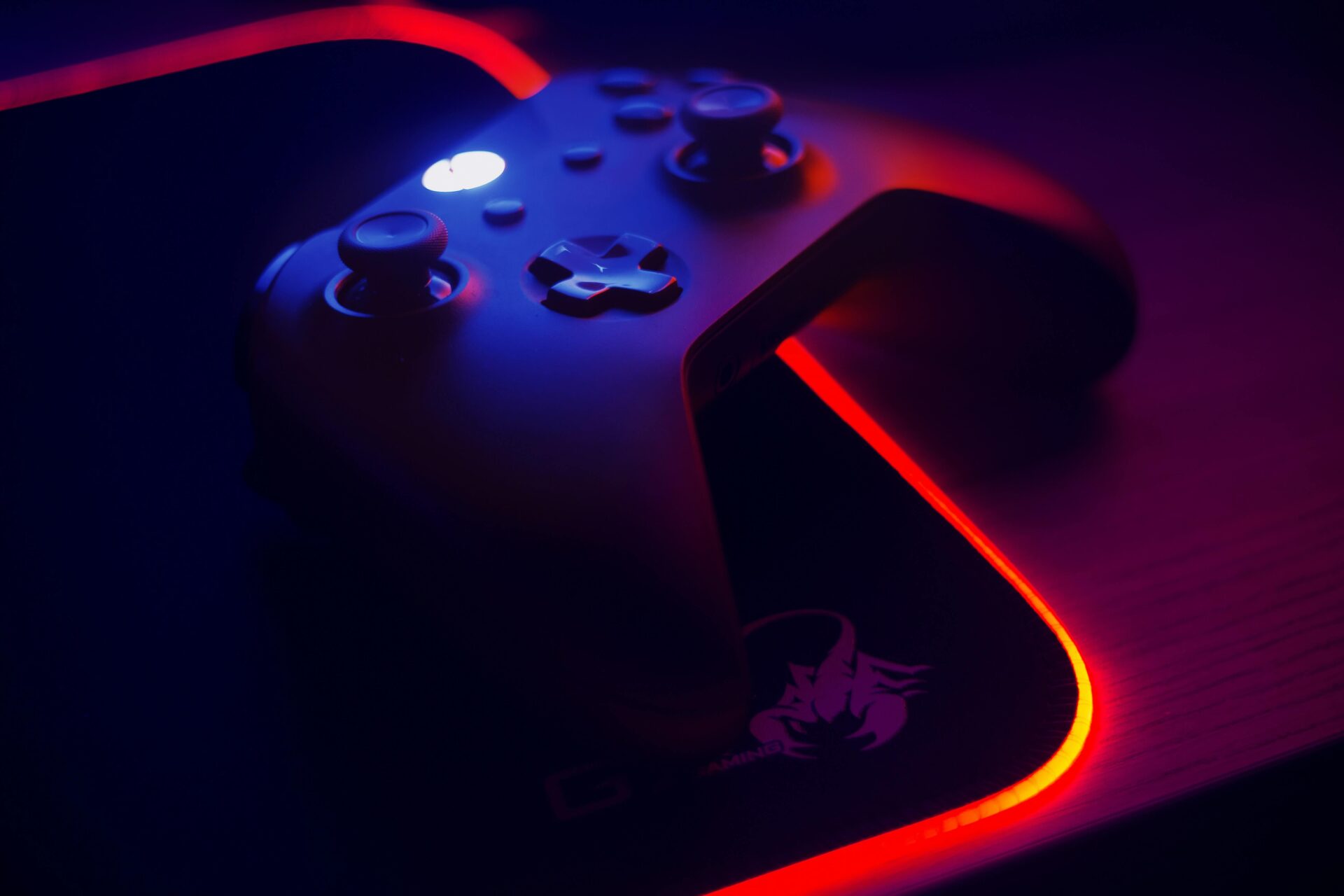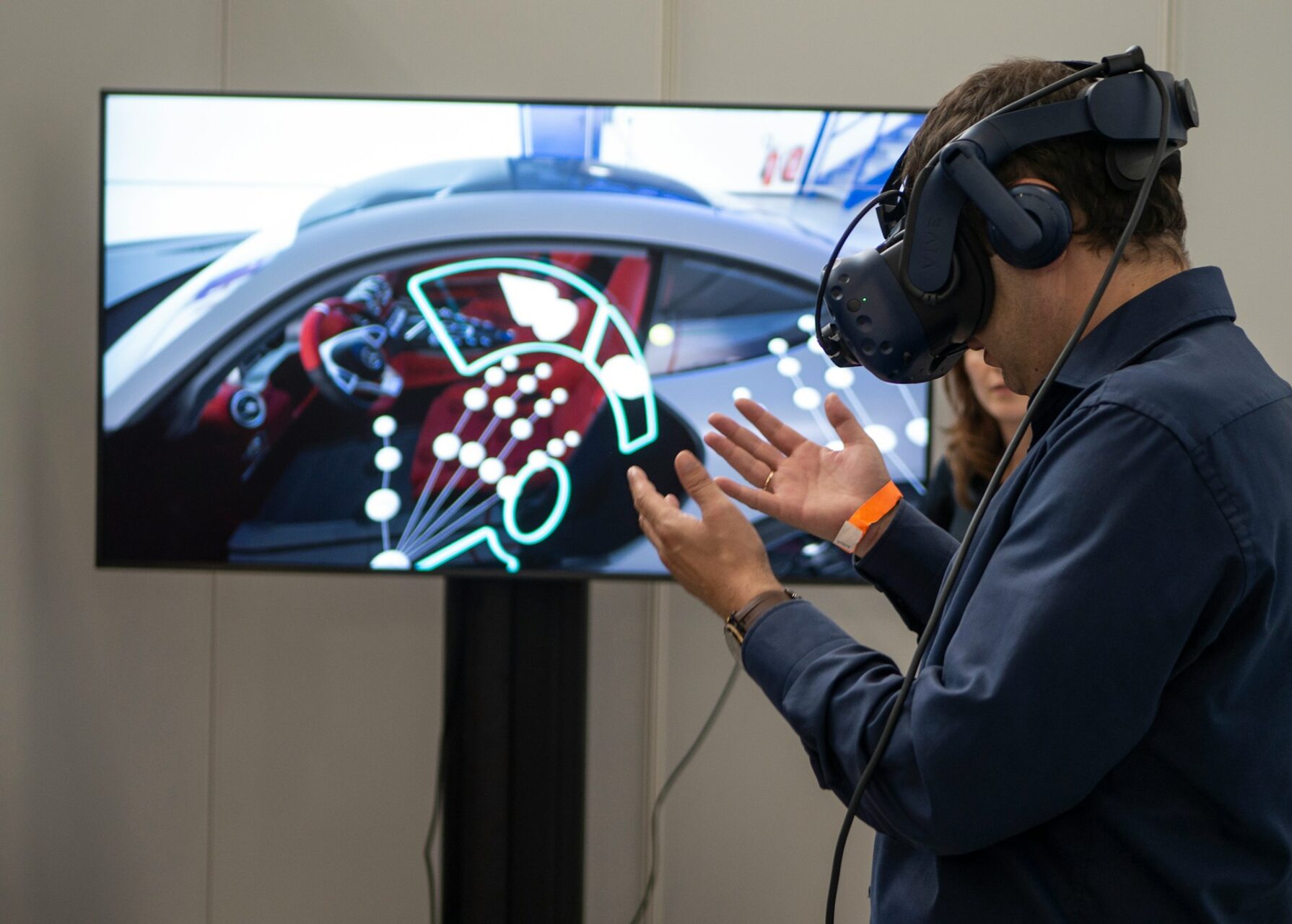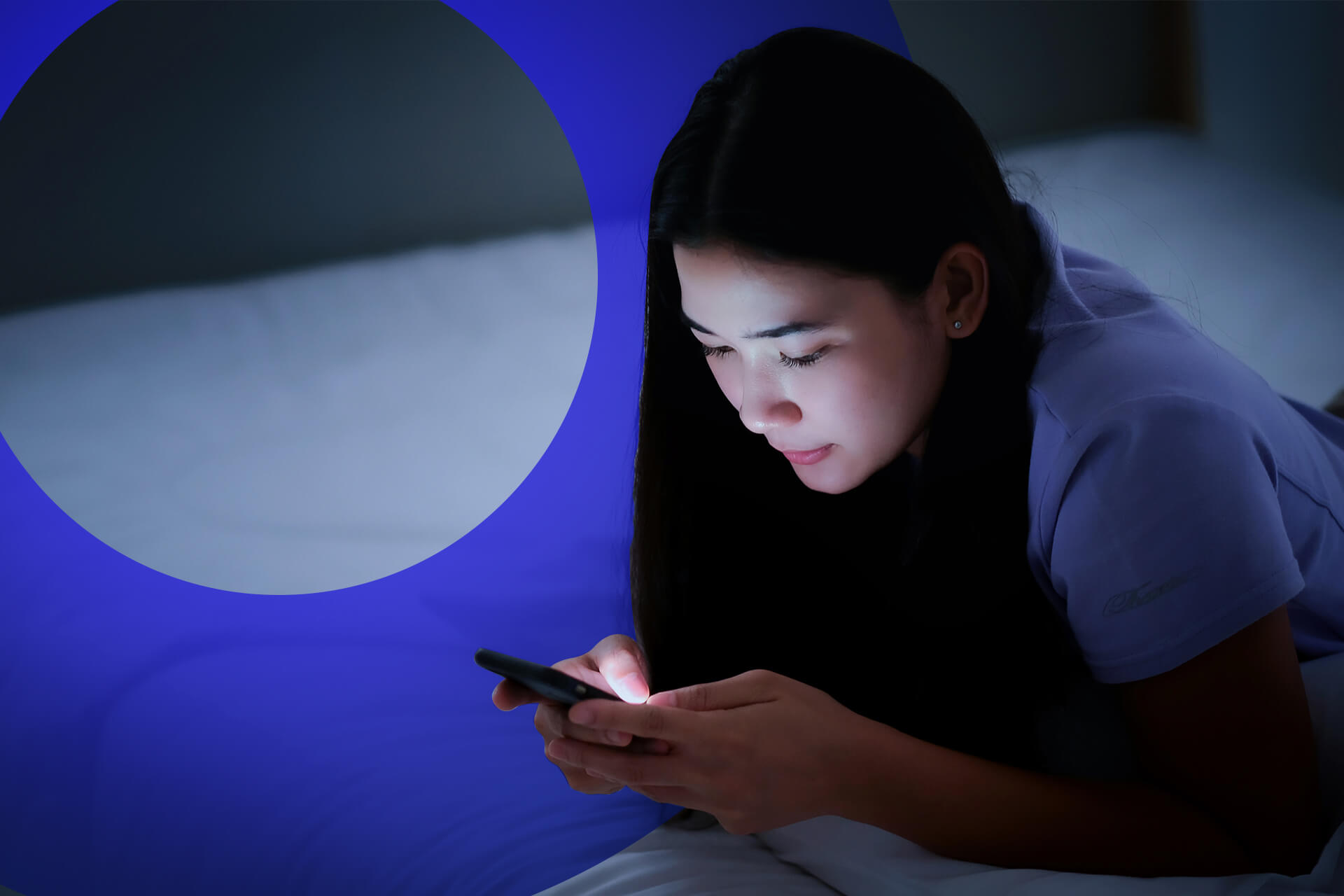
How Smartphones and Tablets Disrupt Your Sleep Cycle
August 22, 2017 - Emily Newton
Revolutionized is reader-supported. When you buy through links on our site, we may earn an affiliate commission. Learn more here.
Your smartphone is a fantastic invention. You can access millions of articles at the click of a button. You can interact with almost anyone, anywhere, and it only takes you a few seconds. And the power your phone possesses is greater than the computers that helped NASA achieve the first moon landing. Yes, the smartphone is an amazing thing, however, it also has its drawbacks. The blue light of the screen can impact our sleep.
One of the things that you may not think about is where and when you use your tech. You probably have a routine of checking your devices first thing in the morning or catching up on your reading at night. And you’re probably in bed when you do so.
You’ve probably heard smartphones and tablets can lead to sleep deprivation. But how do these devices affect your sleep? What’s the science behind it?
What Is Blue Light?
Tablets, smartphones and TVs emit a particular kind of light known as “blue light.” Because they boost attention, reaction time and mood, blue wavelengths are your friend during the day. However, exposure after sundown can play havoc with your body’s sleep cycles.
Whereas sleep may have once come quickly for you at 10 p.m., exposure to blue light may mean you’re unable to fall asleep until 11 p.m. It’s a phenomenon that’s been studied for years and is beginning to attract mainstream attention.
How It Works
One of the main things researchers know about blue light is that it affects something called the circadian rhythm. You may have heard this term if you’ve ever taken an advanced health class.
The circadian rhythm is the equivalent to the body’s clock. It’s what helps your body regulate when to feel sleepy, and when to feel wakeful. For instance, if you work a job that requires you to be up at 10 p.m. and work until 6 a.m., your circadian rhythm will be reset. You’ll eventually be perkier at nighttime, and more tired during the morning.
A hormone called melatonin partially regulates the circadian rhythm. At night, the body releases more melatonin when it’s time to go to bed. The light coming from your smartphone suppresses this hormone, making it harder for you to fall asleep.
Not only does it keep you up longer, but it also makes you groggier when you wake up. It’s also a factor in getting less REM sleep, which can lead to having less healthy and restorative sleep.
How Blue Light Affects Your Health
There’s an extensive list of consequences for excessive exposure from LED screens. Repercussions vary from extreme to smaller problems. These minor side-effects can gradually get worse over time.
Light at night is one of the reasons, so many people suffer from lack of sleep. Chronic sleep problems not only cause extreme fatigue — they often lead to mood disorders, concentration problems and slower reaction time.”Sleep debt,” or the cumulative effect of not getting enough sleep, has even been linked to more extreme health concerns such as obesity and an increased risk of heart disease and diabetes.
Naturally, this artificial light isn’t good for your eyes, either. Over the long term, exposure can lead to eye diseases such as glaucoma. It’s a serious risk you should think about before keeping your eyes glued to any LED. This brings us to an important question.
What else emits blue light?
Exposing the (Artificial) Culprits
Besides your smartphone or tablet, the other objects that expose you to this blue light include:
- Fluorescent lighting
- LED lighting
- TVs
- Computers
- Laptops
However, not all blue light is unnatural — the sun’s rays also contain it. More to the point, it scatters the blue wavelengths, which is why the sky appears blue. Since it’s so ubiquitous, it’s important to take note of your surroundings and to become consciously aware of the light that surrounds you every day. Our bodies are used to regulating our circadian rhythm based on light exposure. Try to minimize interactions with objects emitting blue light to get a better night’s sleep. The extra exposure to these artificial sources at night confuses the system.
Blue Light Is Part of Life
You may not be able to cut out all the blue light you encounter in a day. But just becoming more aware of this light is the first step in reducing your exposure to it. If you decide to cut some of this light out of your life, you’ll see positive results. Just try and reduce it, and you’ll be in a good spot to become healthier.
Revolutionized is reader-supported. When you buy through links on our site, we may earn an affiliate commission. Learn more here.
Author
Emily Newton
Emily Newton is a technology and industrial journalist and the Editor in Chief of Revolutionized. She manages the sites publishing schedule, SEO optimization and content strategy. Emily enjoys writing and researching articles about how technology is changing every industry. When she isn't working, Emily enjoys playing video games or curling up with a good book.
